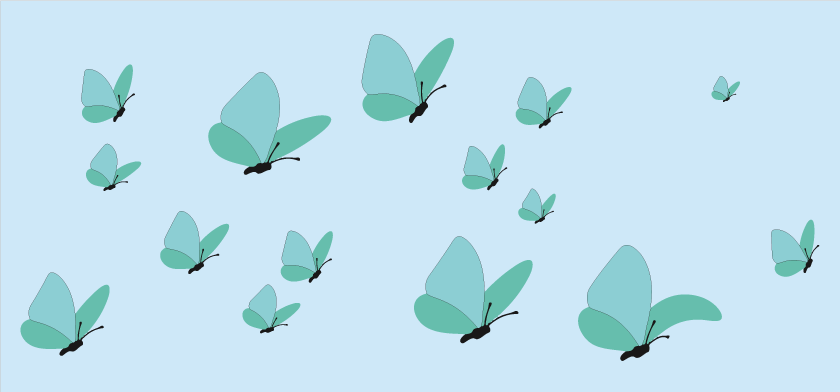Triei is a small town located on the eastern slope of upper Ogliastra and borders Baunei, Talana, Urzulei and Lotzorai.Lacking written records, it becomes difficult to specify a date for the founding of the town of Triei, though its origins can still be traced to sometime prior to the sixteenth century. Moreover, one can say with certainty that the church dedicated the town to its patron saints, Saint Cosma and Saint Damiano, in the early 1560s. There are several legends about the town's origins. It is said that Triei was founded by coastal populations that migrated inland to escape Saracen invasions. According to other accounts, these places were a refuge for the inhabitants of a village located in the Ossono plateau, 3 km from Triei, who fled to save themselves from a plague, and founded a new town. Moreover, according to others, the name of the town could originate in the word Tereiu, meaning a place full of broom (Terìa in Sardinian). In fact, in springtime, the hills have an intense yellow tint created by broom, which can be found in abundance in the area.
The name Triei appears for the first time in a document from 1316, which discusses the revenues of the Pisan curatorships of Sarrabus, Tolostra, Chirra and Ogliastra, which are part of the ancient Judicature of Cagliari. Later, as with other towns in Ogliastra, Triei became part of the Judicature of Gallura. It came under the rule of the Pisans during the first decade of the fourteenth century. It came under the rule of the Aragonese in 1323, the Spaniards in 1479, the Austrians in 1708, the Piedmontese in 1720, and the Italians in 1861. When visiting the town, one can pass through the old districts of Su 'ngiasseddu and Serra 'e pinna and admire the historical houses, with their characteristic simplicity and the singular sense of proportion the builders of yesteryear were equipped with. Moreover, in recent years, the town had been embellished with murals produced by the pupils of different Sardinian institutes of art – an initiative promoted by local institutions. Over the centuries, the main sector of economic development has been agro-pastoral – principally goat farms and vine cultivation.
Triei's natural surroundings are valuable and well-preserved: it is among the most attractive towns, owing to the wildlife still present today in the area. The most interesting places include the Mullò park, with mastic trees that are thousands of years old, the oak forests on Mount Monduggia, and the numerous natural springs in these places. The area is hilly and mountainous, largely covered by oak, cork oak, carob, olive, and Mediterranean mastic forests. It's the ideal habitat for a wide range of wildlife, including wild sheep, wild boars, martens, partridges, falcons and golden eagles. The flowering of broom plants in the spring frame the town in a spectacular display.
The forests are inhabited by wild animals endemic to Sardinia, such as the wild boar, the mouflon, the falcon and the golden eagle. When standing on the plateau, one can admire the beautiful scenery, from the greens of nature to the blues of the sea. Grape cultivation is a key element in the region's agricultural heritage: since 1700, the region has produced excellent and renowned wines, as well as distillates like the "filù'e ferru". Another distinctive local tradition is beekeeping: Triei produces honey with different flavor profiles, like the bitter, uncommon and refined flavor produced by the flowers of the Irish strawberry tree.
The region of Triei contains abundant traces of ancient life. Many structures from the Nuragic period are present here, like the Nonnùccoli nuraghe, located about a kilometer away from Triei, of which little remains, and the Bau Nuraxi nuraghe, located on the right bank of the Rio Murta, two kilometers from the town. Built from large limestone boulders, the Bau Nuraxi nuraghe is comprised of a central tower and two side towers, as well as a vast rampart surrounding the whole complex, which contains four other towers. Circular huts can still be seen at the front of the structure. Archeologists take special interest in the impressive giant’s grave, built on a gentle slope in the Òsono plateau: this important prehistoric monument was unearthed during an excavation that began in 1989, which revealed a funerary structure left in excellent condition thanks to the thick vegetation that covered it, and in a way, protected it. The building is made of granite and local shale. During the excavations, a bronze dagger, fragments of pottery, pans and necklaces made of amber and glass beads were discovered.
The culture is typical of other towns in upper Ogliastra, with Campidanese and barbarian "contaminations" such as impromptu chanting of poetry in the tenor voice, and the use of the launeddas and the accordion as traditional instruments.

